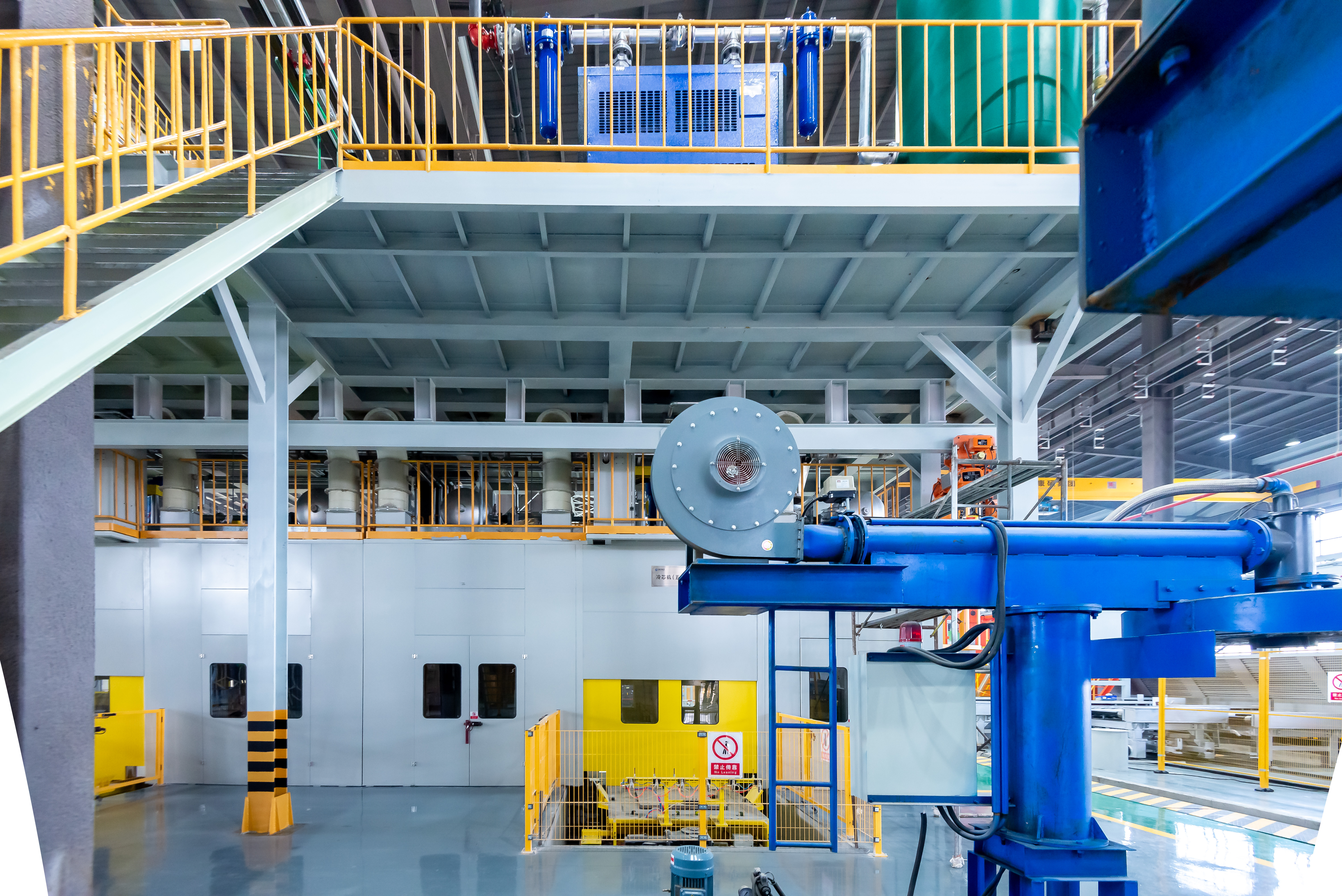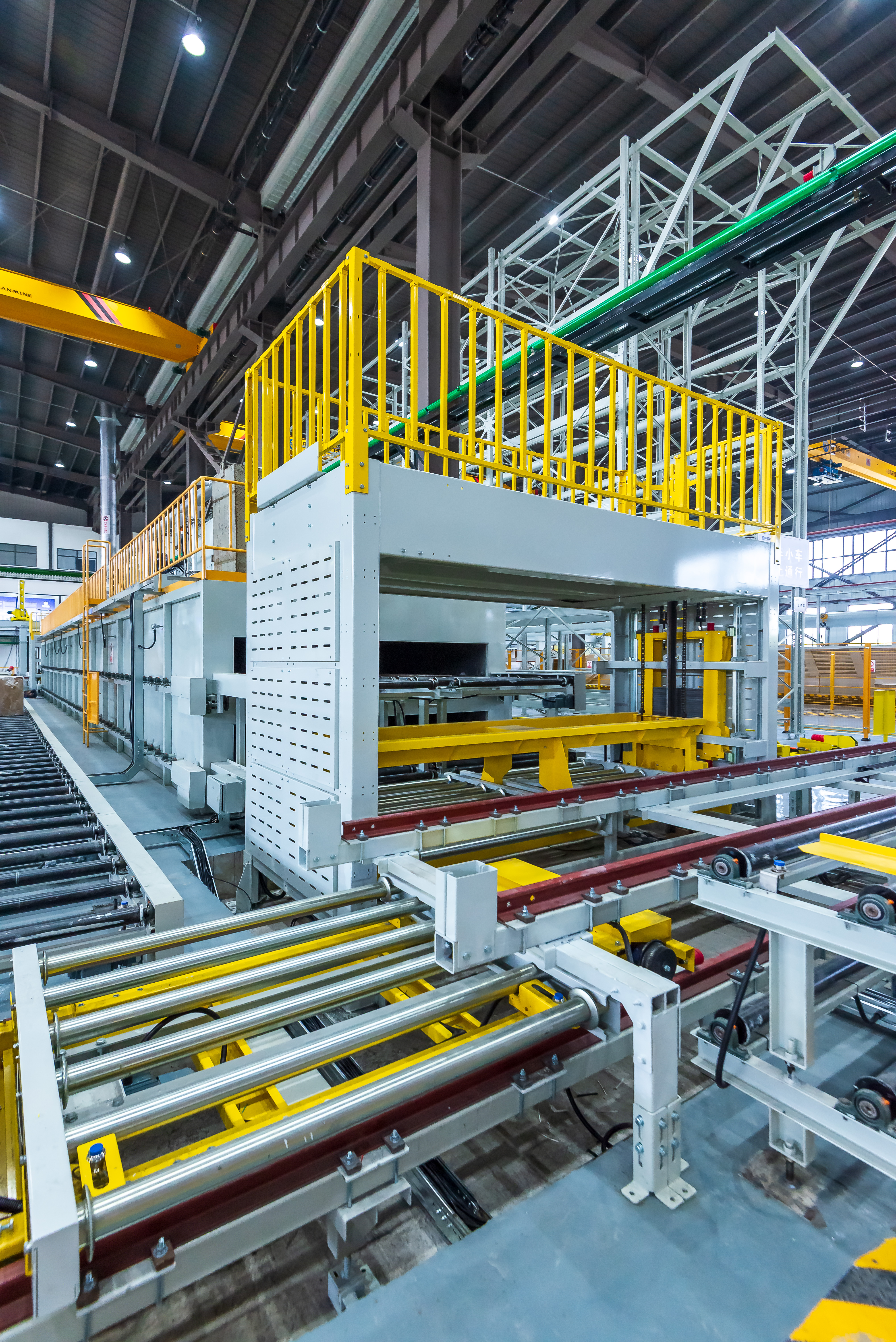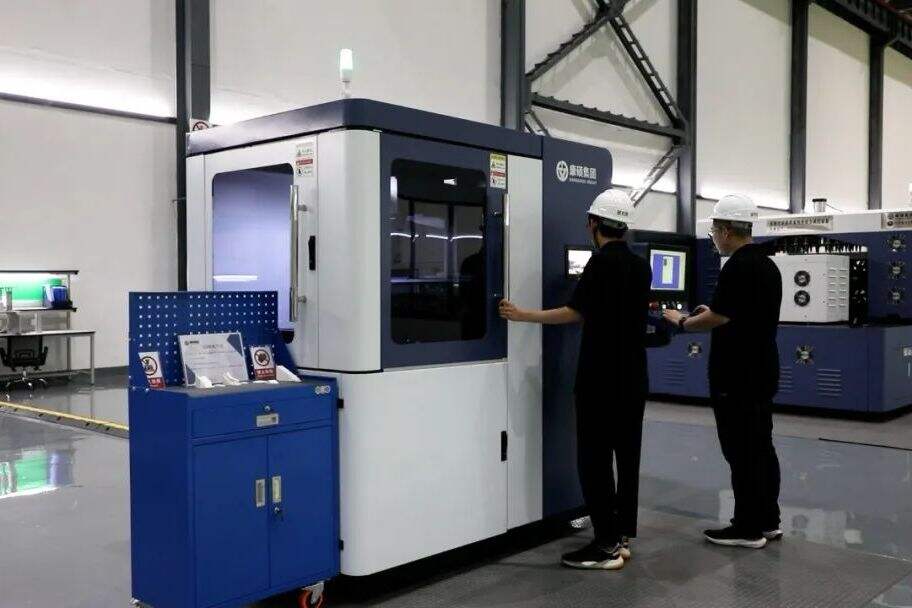low pressure sand casting
Low pressure sand casting is an innovative manufacturing process that combines traditional sand casting techniques with controlled pressure application. This method involves forcing molten metal into a sand mold cavity through the application of low pressure, typically between 0.3 to 1.5 bar. The process begins with the placement of molten metal in a sealed, pressurized vessel connected to a rigid sand mold through a ceramic or refractory feed tube. As pressure increases within the vessel, it gradually forces the molten metal upward into the mold cavity, ensuring a controlled and steady fill rate. This methodical approach results in reduced turbulence during the filling process, leading to superior casting quality and minimal defects. The technology particularly excels in producing complex geometries and thin-walled components while maintaining excellent dimensional accuracy. It's widely adopted in automotive, aerospace, and industrial equipment manufacturing, particularly for creating components like cylinder heads, engine blocks, and complex structural parts. The process offers significant advantages in terms of material utilization, with yields typically reaching 85-95%, substantially higher than traditional gravity casting methods.


